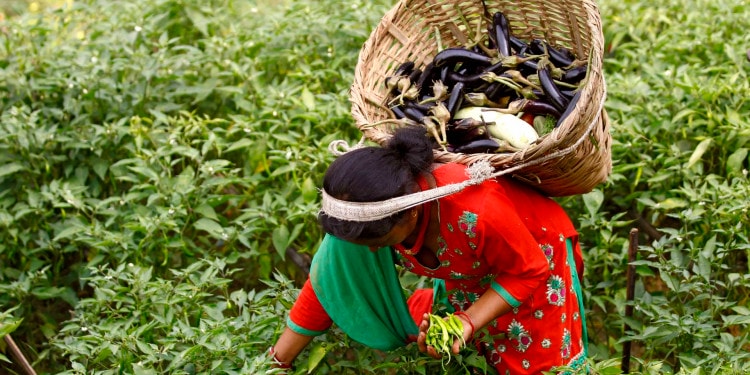To ensure food security and livelihoods in face of changing climate and to reduce the pace of climate change, there is an urgent need to increase adaptive capacity of the sector and to reduce its GHG emissions. This cannot be done without a comprehensive policy approach. Governments should look beyond focusing solely on key socio-economic issues, such as enhancing short and medium term food security and livelihoods. Improving climate outcomes must be a key element of ensuring sustainable and long-term growth of the agricultural sector that will ensure long-term food security and livelihoods. Policies focused on short or medium term objectives may enhance or impede climate change adaptation and mitigation potential of agricultural sector and, therefore, reinforce or undermine our ability to meet the socio-economic objectives over the longer-term.
FAO’s recent work has been focusing on developing policy monitoring and evaluation tools to enable countries to design policies that are better suited to address this complex issue. To understand better how existing agricultural policies influence countries’ climate change objectives, FAO developed a methodology for public expenditure review and analysis for climate change adaptation and mitigation in the agriculture sector (PERCC). Complementing existing policy monitoring systems promulgated by FAO-MAFAP, PERCC allows understanding which public expenditures in support of agricultural sector development have negative and which have positive effects on climate change adaptation and mitigation.
In a case study of Uganda, FAO has calculated that as much as 90% of total public expenditures in support of food and agriculture sector are influencing (either positively or negatively) the climate change adaptation and mitigation efforts of Uganda. Of the total climate-relevant public expenditures in agriculture, 82% was identified as likely to positively stimulate the adaptive capacity of the agricultural sector. In contrast, it is much less clear how Uganda’s climate-relevant agricultural spending affects GHG emissions of the sector. Due to a lack of sufficiently detailed information, only 2% of climate-relevant agricultural spending was identified as firmly linked to GHG emissions with almost two-thirds of it contributing to increased emissions! Those same policies were identified as positively affecting adaptation. Although this is a small sub-sample, it underlines how important it is to make sure that implemented policies by addressing one objective do not compromise achieving the others.
Related Articles: Bringing Climate Action to Farming Communities | Conceptual Framework and Methods for Assessing Food Systems
To complement the policy analysis at the national level with the bottom-up analysis of LULUCF projects in Uganda, FAO’s EX-Ante Carbon-balance Tool (EX-ACT) was used to understand whether public investments contribute to the mitigation-related Nationally Determined Contributions (NDC) goals of the country. According to the results, the projects under implementation in the decade 2010-2020 will have sequestered an average of 2,980,068 tCO2-e per year between their inception (2010-2020) and 2030. This value reflects an achievement of 17% of the overall NDC target for 2030, and underlines the potential need of further investments in the AFOLU sector in the coming years to achieve the proposed objectives.
Making sure agriculture is on a sustainable development pathway and contributing to better food security and livelihoods in the long term requires that this type of analysis becomes a golden standard for any of the agricultural projects.
Editor’s Note: The opinions expressed here by Impakter.com columnists are their own, not those of Impakter.com. — In the Featured Photo: Chandra Kala Thapa, one of many smallholder women farmers from Ranichuri village in Sindhuli district, Nepal. Featured Photo Credit: UN Women/Narendra Shrestha















